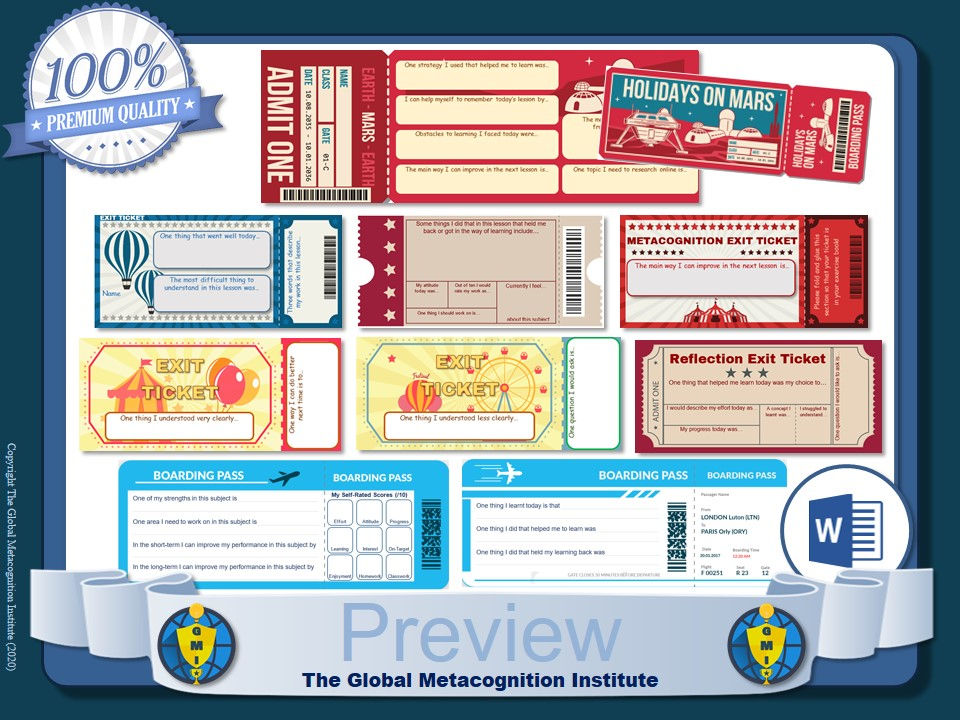Target setting activities play a crucial role in schools as they provide students with a sense of direction, purpose, and motivation in their educational journey. By setting clear and achievable goals, students gain a roadmap for their academic and personal growth. Target setting fosters a growth mindset, encouraging students to embrace challenges, persist in the face of obstacles, and continuously strive for improvement. It instills a sense of responsibility, ownership, and self-reflection, empowering students to take charge of their learning and monitor their progress. Target setting also enables teachers to provide personalized support and tailored instruction, ensuring that each student's unique needs and aspirations are addressed. It cultivates a culture of high expectations, accountability, and self-evaluation. Ultimately, target setting activities in schools equip students with the skills and mindset necessary for lifelong learning and success, preparing them to become confident and self-directed learners in the dynamic world they will navigate.
To ensure that target setting activities don't become mere box-ticking exercises, teachers can implement the following strategies:
Foster Meaningful and Relevant Goals: Encourage students to set goals that are personally meaningful and relevant to their interests, aspirations, and areas for growth. Help them see the value and purpose behind their targets, connecting them to real-world applications and their long-term goals.
Emphasize the Process, not Just the Outcome: Shift the focus from solely achieving the target to the process of working towards it. Teach students that the journey of growth, learning, and improvement is just as important as the final outcome. Celebrate progress and effort along the way, not just the end result.
Encourage Reflection and Self-Assessment: Regularly prompt students to reflect on their progress, evaluate their efforts, and assess their own learning. Provide opportunities for students to critically analyse their strategies, strengths, and areas for improvement. This helps them internalize the purpose behind target setting and adjust their approach if necessary.
Personalize Targets: Recognize that each student is unique and has individual learning needs. Personalize target setting by allowing students to set goals that align with their abilities, interests, and aspirations. Provide guidance and support to ensure targets are challenging but attainable for each student.
Provide Ongoing Support and Feedback: Offer continuous support and feedback throughout the target-setting process. Provide guidance on goal setting, help students break down larger goals into smaller steps, and offer suggestions for improvement. Regularly check in with students, providing constructive feedback and celebrating their progress.
Encourage Student Ownership: Empower students to take ownership of their target-setting process. Involve them in decision-making, encourage self-reflection, and provide opportunities for students to evaluate their own progress. When students feel a sense of ownership, they are more likely to be engaged and committed to achieving their targets.
Make Targets Visible and Trackable: Utilize visual aids, progress trackers, or data charts that make targets visible and allow students to monitor their progress. Regularly review targets with students and discuss their growth and achievements. This helps students stay motivated and actively engaged in the target-setting process.
Provide Time for Reflection and Revision: Allocate time for students to reflect on their targets, revise them if necessary, and make adjustments based on their progress and changing needs. Encourage students to set new targets that build upon their previous achievements, promoting a continuous cycle of growth and improvement.
By implementing these strategies, teachers can ensure that target setting activities become meaningful and purposeful experiences for students, encouraging active engagement, self-reflection, and a genuine commitment to personal growth.
We've released two new downloadable teaching resources that will help your students reflect on their targets and goals and establish clear steps towards meeting them: target-setting worksheets and a multi-use interactive target-setting PowerPoint!
Well-designed worksheets can be powerful tools in helping students establish targets for improving their work. By providing structured frameworks, prompts, and reflective activities, worksheets guide students through a systematic process of self-evaluation and goal-setting. They encourage students to assess their strengths and areas for improvement, identify specific targets, and outline actionable steps towards achieving those targets.
Effective worksheets also promote critical thinking and self-reflection, prompting students to analyse their work objectively and set realistic goals for growth. Furthermore, worksheets provide a tangible record of progress, allowing students to track their development over time and stay focused on their targets. Well-designed worksheets, therefore, serve as valuable resources that support students in taking ownership of their learning, setting meaningful targets, and fostering a culture of continuous improvement.
This versatile tool is designed to guide students towards establishing clear goals and targets for improvement. With a variety of engaging activities, this target-setting PowerPoint resource encourages student reflection and empowers them to take ownership of their learning journey. Whether you need a quick target-setting activity or want to structure multiple sessions, this resource is flexible and can be used multiple times with the same groups. Students will reflect on various areas, including work quality, learning power, attitude to learning, subject knowledge, study skills, and long-term strategy. With an editable file and an automated PowerPoint Show option, this resource is convenient and customizable to suit your specific needs. Engage your students, foster growth mindsets, and inspire a lifelong passion for learning with this interactive target-setting PowerPoint resource.








































































Comments